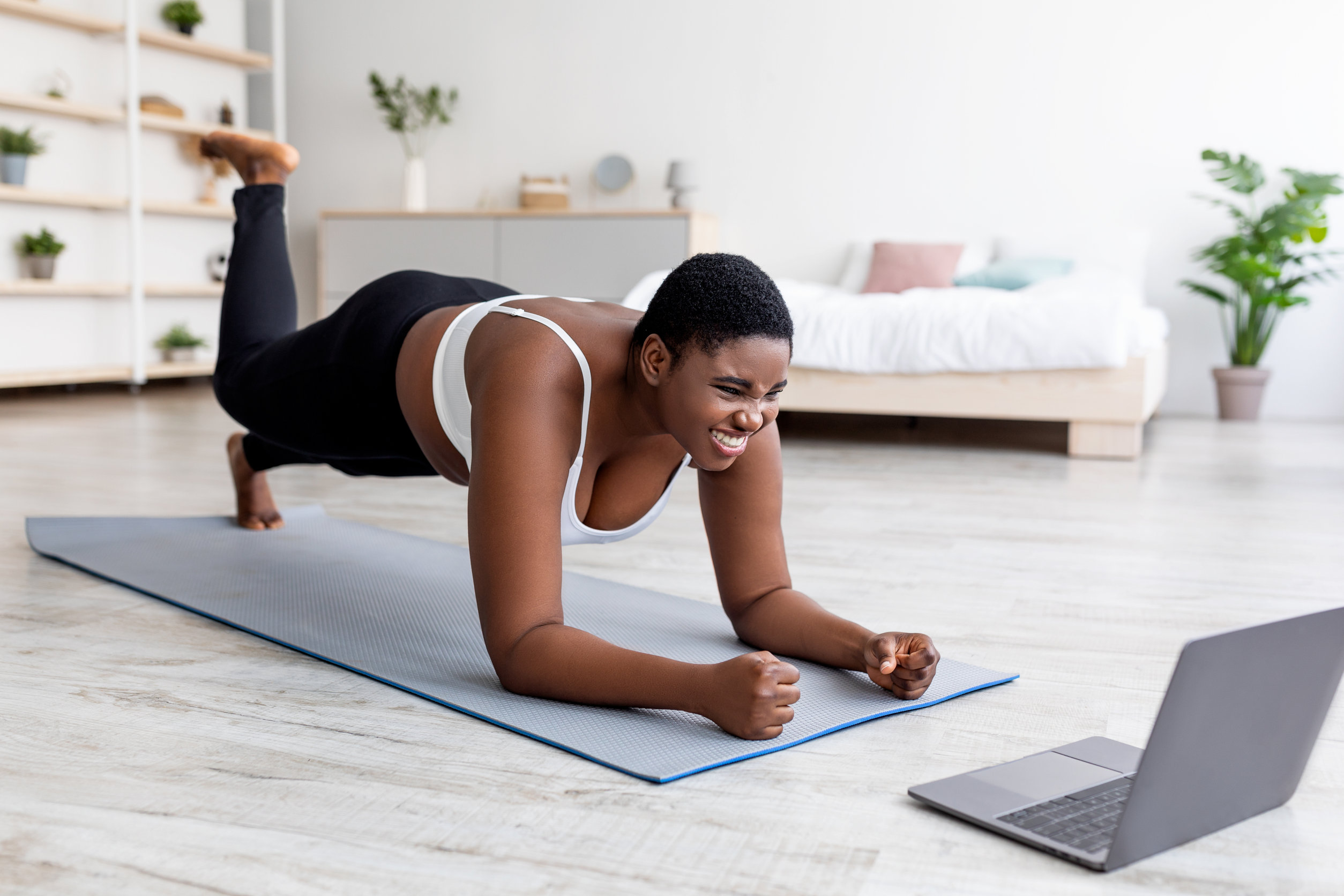”Massachusetts, how often do you exercise? Consistency is key to success when it comes to fitness. This week's article looks to offer strategies on how to make exercise part of your everyday life. We hope you find this helpful!
Reading time: 4 Minutes
MWi Hack:
- Learn about how even a minimal amount of physical exercise can have the biggest impact on your well-being.
MWi Summary:
- Most organizations suggest 150 minute of moderate physical activity or 75 minutes of vigorous activity each week.
- Any amount of exercise is beneficial to your health. You do not need hours of activity to reap the benefits of exercise.
- Some examples of moderate activity include walking, dancing, or water aerobics. Vigorous activity may include running or playing basketball.
- If you are looking to get started with exercise, you can just start with walking, Collage Video, or American Council of Fitness.
All right, I know what you are thinking: She’s one of those exercise fanatics who is going to tell me that I need to exercise several hours every day. Well, no. What I am going to tell you is that you can make exercise work for you. It is imperative to find your “soulmate workout” or simple activities you can do. You might think that you need to be a certain size or already in shape to engage in exercise. This is simply not true, nor is it helpful for your health and well-being since exercise — even small amounts — helps improve blood pressure, heart problems, blood sugar control, and mood. It can help you live longer, too.
So, let’s start with some questions that you may have. How much physical activity does your body need? Is it possible to be active during the middle of the COVID-19 pandemic? How can you make exercise work for you? What if excess weight or painful joints make it hard to be active? And what if you haven’t been active at all? We’ve got the answers for you.
How much exercise do I need?
Before you start counting minutes, understand this: almost anything that gets your body moving counts as exercise, and active minutes add up over your day and week.
Protect yourself from the damage of chronic inflammation.
Science has proven that chronic, low-grade inflammation can turn into a silent killer that contributes to cardiovascular disease, cancer, type 2 diabetes and other conditions. Get simple tips to fight inflammation and stay healthy — from Harvard Medical School experts.
Every week, adults should aim for at least 150 minutes of moderate physical activity, or 75 minutes of vigorous physical activity. So depending on the intensity of exercise, that could be 30 minutes (moderate) — or just 15 minutes (vigorous) — five days a week. Experts also recommend muscle-strengthening activities at least twice a week. But even if you can’t reach these goals, some activity is always better than none. Just trying to move around more and sit less will help. Now, let’s break this down a little further.
What is moderate physical activity?
Moderate activity raises your heart rate, makes you break out into a sweat, and allows you to talk but not sing. Here are some examples:
- walking at a brisk pace
- water aerobics
- pushing a lawnmower or a vacuum
- riding a bicycle on flat ground
- casual dancing.
What is vigorous physical activity?
Vigorous activity causes a large increase in your heart rate, you breathe very hard, and you are only able to say a few words, not full sentences. Here are some examples:
- jogging or running
- playing basketball
- swimming laps
- riding a bicycle fast or on hills.
What if I have excess weight or painful joints?
There are several activities that are great for persons of all ages and sizes. Here are a few:
- walking aerobic videos and workouts available on TV, cable, or through streaming services (more information below)
- elliptical machine
- recumbent bicycle
- water aerobics.
These activities are economical or free, and easy to do. You can always increase or decrease your intensity as you are able.
So how do I get started?
Just do it! However, it is important not to go from doing nothing to thinking you will compete in the Olympics tomorrow. So, listen to your body. If you have not been a regular exerciser, I recommend starting to exercise in 10-minute spurts. Eventually, you can build up to longer sessions as you become more accustomed to exercise. Your goal is to be consistent and to make exercise a part of your life.
What is the minimal amount of exercise I can do to make a big difference in my health?
An analysis of multiple studies using activity trackers with people who were middle-aged or older indicated that just 11 minutes of moderate-to-vigorous exercise a day, combined with less than 8.5 hours of daily sedentary time, reduces risk for dying prematurely. Just 11 minutes, plus a commitment to moving more and sitting less throughout your day! You can make that happen.
What are some tools and resources to help me explore physical activity?
- If you love walking: Take short walks near your home for free. Or explore walking workouts available online, such as this one with Leslie Sansone. You can do one- to five-mile walks in the comfort of your living room.
- If you’d like to get some use out of your DVD or video player: Take a look at Collage Video, which has a collection of over 1,200 fitness DVDs available at a low cost. They also offer options if you are older or have physical disabilities that do not allow you to walk or move around easily. Your local library may have exercise DVDs or videos, too.
- If you are looking for a wide assortment of on-demand workouts, such as hip-hop dancing and strength or cardio workouts, available free or as part of a membership or monthly subscription: You can find these options on TV, cable, and streaming channels or fitness organizations online, such as the YMCA 360 and the American Council on Fitness. Or try these flexibility, strength, and balance exercises or short workouts designed for older adults from the National Institute on Aging. Depending on your level of fitness and ability to walk and move around, you might also consider chair workouts.





